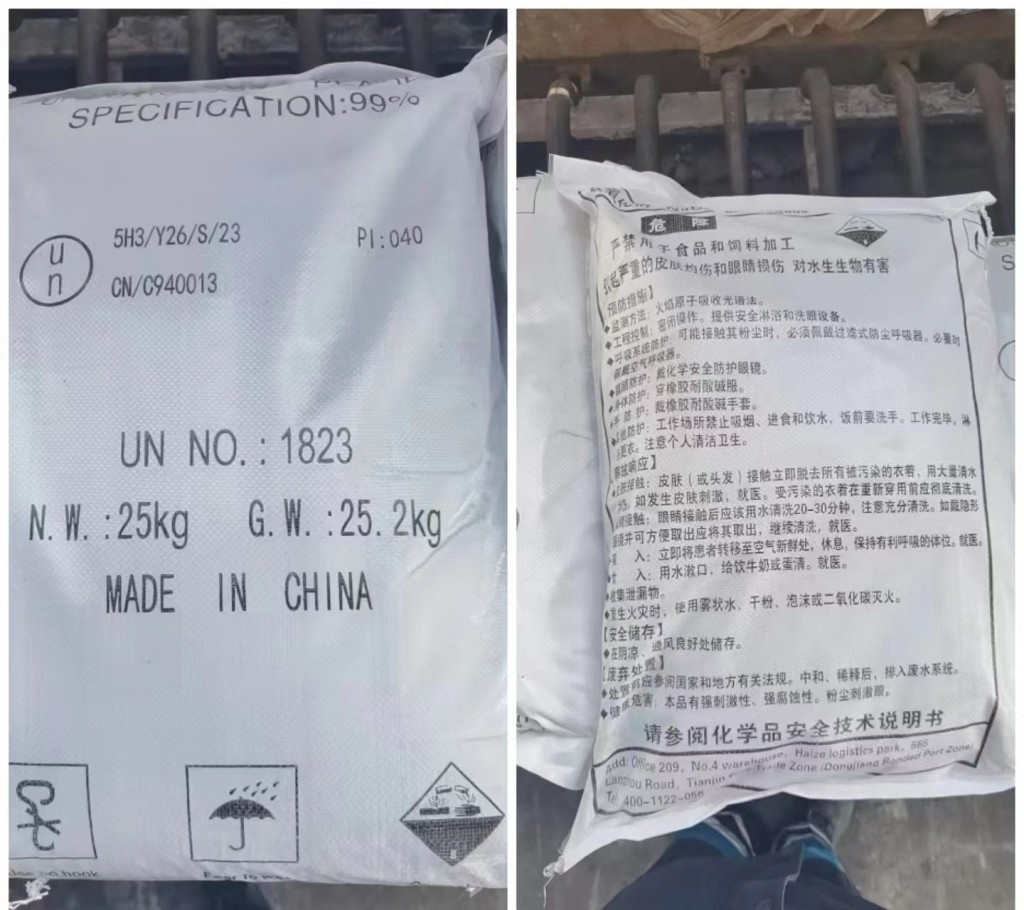Analysis of the talcum powder particle size test process and influencing factors
The particle size and particle size distribution of talc powder are important indicators for this type of product. Particle size testing is a very important quality inspection in the field of talc powder production and application.
Repeatability and accuracy of particle size testing: Repeatability refers to the average deviation between each test value when a sample is tested multiple times. There are many factors that affect repeatability. In addition to the reasons of the instrument itself, it is also closely related to the degree of dispersion of the sample, dispersant, medium, sampling method, operating technique and other testing factors. Repeatability is the primary indicator of a particle size analyzer. If a particle size analyzer has poor repeatability, it has no practical value. So how to ensure the repeatability of the instrument? Firstly, there must be an instrument with stable performance, and secondly, there must be standardized sample preparation and operation methods. Both are equally important and indispensable. The accuracy of particle size testing is relative to a recognized testing method or a standard sample. In macroscopic measurement work, accuracy is the first priority; in the particle size testing process, test repeatability is the first priority and accuracy is the second.
Dispersant and medium: Dispersant is a small amount of substance that can significantly reduce the surface tension of a liquid, thereby making the particle surface well wetted. The role of the dispersant has two aspects: one is to accelerate the decomposition of the aggregates, and the other is to prevent or delay the re-agglomeration of the monomer particles. There are two commonly used dispersants in talc particle size testing: sodium pyrophosphate and sodium hexametaphosphate. The commonly used media are water (distilled water, purified water or deionized water) 30% ethanol aqueous solution and ethanol. When water is used as the medium, the proportion of the above two dispersants is 0.3%. When using 30% ethanol aqueous solution and ethanol as the medium, no additional dispersant is needed.
The relationship between ultrasonic dispersion time and particle size: Ultrasonic dispersion is a commonly used dispersion method and is also widely used in particle size testing of talc powder. It is generally believed that the longer the ultrasonic dispersion time, the better the dispersion effect. In fact, for a specific talc powder sample, there is an optimal period of ultrasonic dispersion time. Beyond this period, not only will the dispersion effect be insignificant, but it will tend to promote the agglomeration of small particles, causing the test results to increase.
Sampling: Particle size testing is a process that reflects the particle size distribution of a large amount of powder by testing a small amount of samples, so the sampling is required to be fully representative. Due to the inhomogeneity and segregation of powders during production, packaging, storage, transportation, etc., some uncertain factors have been added to the representativeness of sampling. Sampling for particle size testing is generally divided into two steps: First, laboratory samples are obtained from large piles of materials. This requires fixed sampling methods, sampling locations, and sampling tools to ensure the consistency of sampling and avoid random sampling; The analysis sample is obtained from the laboratory sample. At this time, it is required to stir evenly and take samples at multiple points. When taking a suspension sample, stir it thoroughly with a stirrer and then draw it from the middle of the liquid surface to the bottom of the vessel. The standardization of sampling work is the main human factor that affects the results of particle size testing.
Concentration of suspension: NoneBoth laser particle size analyzers and sedimentation particle size analyzers require the concentration of the sample to be measured to be within a certain range. The concentration mentioned on the instrument is generally not the actual concentration of the suspension, but the test signal value related to the actual concentration. For example, the concentration of a laser particle size analyzer refers to the size of the scattering signal; the concentration of a sedimentation particle size analyzer refers to the transmittance of light. The concentration range given by the instrument is an allowable range and is not the best range suitable for all samples. An optimal range should be determined for specific samples. And try to keep the concentration basically the same for each test. Generally, the optimal concentration range of an instrument is in the middle of the allowable concentration range of the instrument. If the concentration is too high, the complex scattering phenomenon between particles will be aggravated for the laser particle size analyzer, and the sedimentation law of the particles will be destroyed for the sedimentation particle size analyzer; if the concentration is too small, the sample will not be representative enough. This will have an adverse impact on the test results.
Reasons and countermeasures for differences in test results of different instruments: Due to the complex shape of talc powder particles, mostly irregular shapes such as flakes, and the different testing principles of the instruments used, different instruments The test results are quite different. So how do we view this gap? First of all, whether the instruments used are based on the same principle. It is normal for instruments with different principles to have different test results. As long as the instrument is qualified, stable, produced by a regular manufacturer, and the test conditions are correct, the results will be correct.
The main reason for the difference is the shape factor of the particles, and the shape of the particles is an objective fact and cannot be changed. Therefore, if such a situation occurs, both parties should first unify the test conditions, and then both parties Find a difference through testing and use it to unify the test results. Samples that pass the tests of both parties should be retained as working standards so that the testing methods and instruments of both parties can be calibrated at any time. Secondly, instruments produced by different manufacturers with the same principle may have certain differences in test results due to differences in production age, processing accuracy, assembly technology, data processing, etc. In this case, as long as the instrument is stable and the test conditions are correct, it can be Use the above method to unify test results. Third, if the test results of the same instrument are different, you should observe the instrument status, test conditions, etc., and ask the manufacturer's technical personnel to assist in analyzing the reasons if necessary.

 September 3, 2024
September 3, 2024 
 September 3, 2024
September 3, 2024  April 2, 2024
April 2, 2024  June 20, 2024
June 20, 2024  September 3, 2024
September 3, 2024 














